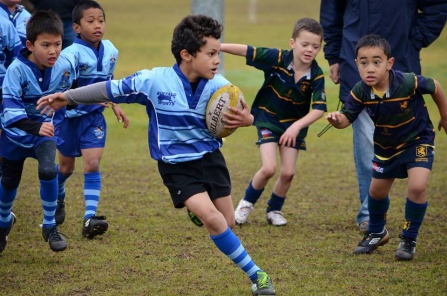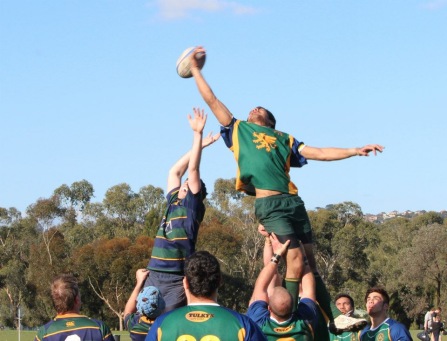Vannevar Bush’s article, As We May Think, looks at the way science has been used and applied throughout history, and how scientists have focused on inventing things that improve a human’s physical capacity. Science has given us tools, shelter, clothing, food, weapons against disease, and weapons against eachother. A list of things that are becoming increasingly necessary for human survival, and the lengthening of the human life span.
Bush, however, writes about the importance of refocusing scientific studies, and not looking at the ways we can improve physically, but how science can be used to store and share knowledge, to speed up the sharing of information between humans. This piece came well before the creation of the internet, when knowledge was stored in the minds of scholars and on paper. Knowledge was stored physically rather than digitally. In 1945, Bush speculates about a way to improve the human knowledge bank, and I guess you could say that now in 2013, his speculations have become somewhat of a reality with the internet and the networked society. We still have to read or view and then interpret the information at the same pace as humans did in 1945 to absorb it fully, however knowledge is readily available to everyone and anyone who has access to the internet, and knows how to use it. His speculations on a form of dry photography is particularly poignant, with digital cameras allowing for the capturing and viewing of images, without printing or ink.
The access to the internet though, and to this network, the digital knowledge bank, is incredibly exclusive. Firstly you have to access too it, it is not everywhere and for the majority of the World, is not readily accessible. And secondly, you need to have the capacity to be able to use it. Gaps between human beings in term of generations and languages means that it can often be difficult for even those who have access to it, to understand it, and use it too its full ability. Slowly generations are learning, however significant gaps exist between groups of human beings, restricting some from accessing the network. This is the area where I believe science now needs to work in order to improve the networked community, making it more accessible, making it faster. Bush’s article inspired many internet pioneers such as Ted Nelson to create a network of information, and now that we have that, to continue to realise the speculative writing of Bush’s article, the knowledge network needs new technologies to make it more accessible.



